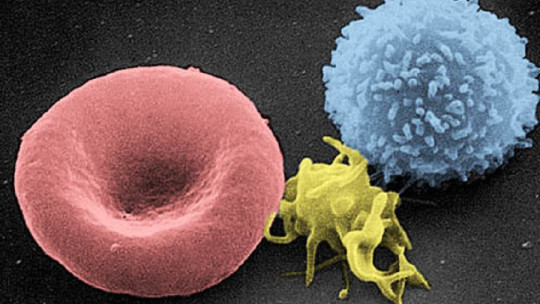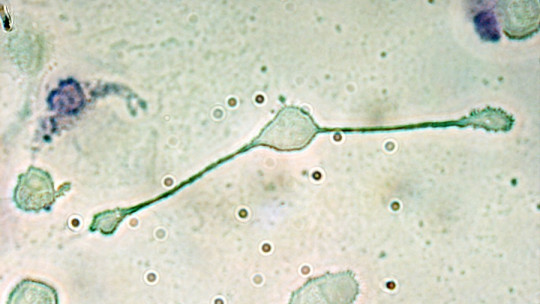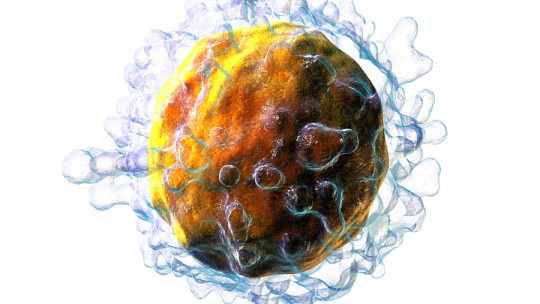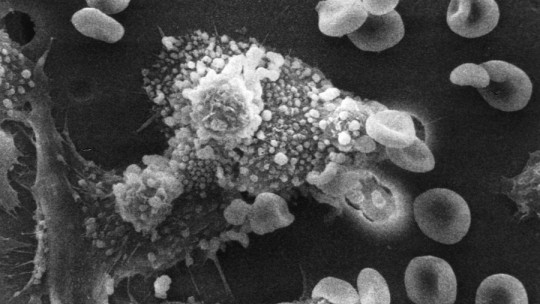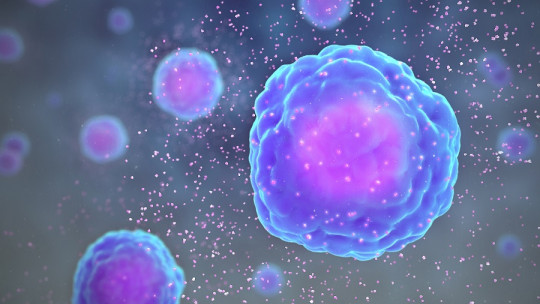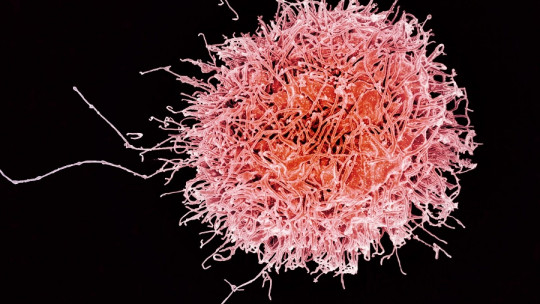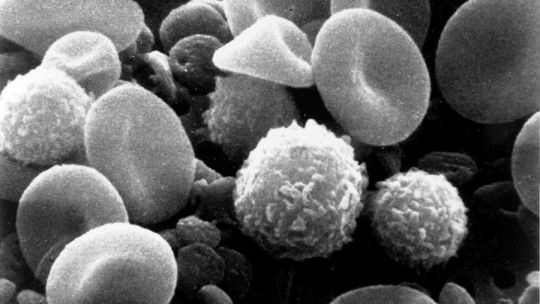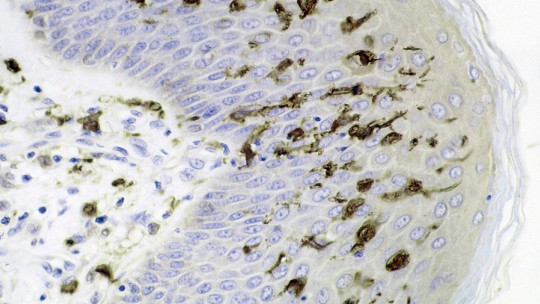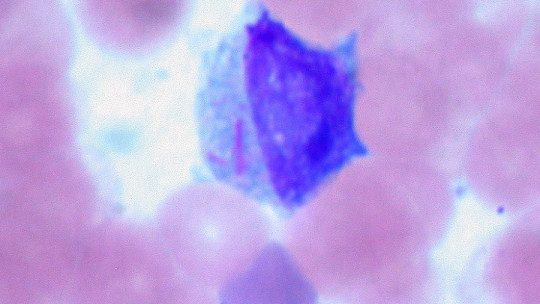
The human immune system is essential to understanding our permanence over time, both as individuals and as a species. We present an innate component, which protects us in a general and non-specific way against pathogens, and another acquired one, which improves the more we are exposed to specific microorganisms.
In the group of innate immunity we find physical barriers (such as the skin and mucous membranes), chemical barriers (vaginal pH or sweat, for example), biological barriers (colonies of commensal bacteria that prevent the growth of others) and bodies. specific cells, such as neutrophils, macrophages and Natural Killer cells.
On the other side of the coin (but widely interconnected with the innate variant) we find acquired immunity, clearly represented by B and T lymphocytes. These are essential for specific responses to pathogens, as they can cause apoptosis of transformed infected cells, but also to “remember” a specific germ and respond better to it in subsequent situations. Do you know what happens when this system fails? Stay with us, as we explain it to you through leukoblasts
What are leukoblasts?
Do not think that this initial question is easy to resolve, as it seems that there is a clear disparity in terms of conceptual approach according to the portals consulted. At first, one might think that The term “leukoblast” accepts different meanings among which we have found the following:
Pulling the thread, it is discovered that neither the first nor the second definition are completely adequate, although the first is quite close. A leucoblast is, unequivocally, an immature cell that occurs during acute myeloid leukemia Once we have elucidated what the term itself is, we find it of great interest to delve into the pathology that causes its appearance. Before that, let’s see what the normal route of a white blood cell is.
Differences between mature leukocyte and leukoblast
All white blood cells are produced in the bones. Although they are externally hard, they have a soft core, which is known as bone marrow. All cells circulating in the blood (including red blood cells) arise from one cell type: the pluripotent hematopoietic stem cell, also known as hemocytoblast. Therefore, this structure is essential to understand the human immune system.
Bone marrow tissue occupies approximately 4% of the total mass of a human being. To give you an idea of its frenetic activity and efficiency, we will tell you that about 500,000 million red blood cells are produced here per day, no more, no less. Finally, it should be noted that A single hemocytoblast can give rise to a practically unlimited number of leukocytes throughout its cycle
B lymphocytes are formed and mature in the bone marrow itself, while immature T cells leave this tissue and travel to the thymus to obtain their functionality, temporarily becoming thymocytes. Once mature, they begin to “patroll” the blood, searching for antigens (pathogen substances that generate an immune response) with which to react.
In a completely different prism than normal, on rare occasions immature immune cells, known as leukoblasts, proliferate excessively in the bone marrow and peripheral blood. This proliferation displaces normal hematopoietic tissue, causing bone marrow failure
Acute myeloid leukemia (AML)
It is estimated that, during 2021, 60,000 cases of leukemia will be diagnosed in the United States alone, in addition to more than 23,000 deaths directly caused by this disease. Among all these types, acute myeloid leukemia will represent about 20,000 cases, that is, ⅓ of the total. AML will kill 11,000 people.
Despite the catastrophic data, Acute myeloid leukemia is considered very rare, accounting for only 1% of all total cancers The vast majority of people who present with it are adults, since the average age of diagnosis is 68 years (rarely below 45).
In this pathology, as we have said, immature leukoblasts multiply uncontrollably within the bone marrow and their proliferation is such that, over time, they end up replacing healthy blood cells. As a result of this, the patient is much more likely to suffer healthy infections, in addition to bleeding excessively from small cuts and injuries.
Therefore, This type of neoplasia is considered a cancer of both the bones and the blood Although in many cases there is no medical consensus on its cause, certain predisposing factors have been detected. Some of them are the following:
Common symptoms of the presence of circulating leukoblasts
Leukoblasts displace the rest of the normal functional leukocytes, including platelets and lymphocytes. We say this because it is extremely common for patients to experience continuous bleeding and repeated infections over time.
Most people who suffer from AML report general fatigue, malaise, headache and dizziness, due to a lack of circulating red blood cells. Furthermore, it is striking to know that up to 80% of patients present fever before the moment of diagnosis and that 40% show some type of infectious condition. This is due, as you can imagine, to the lack of B lymphocytes, T lymphocytes, neutrophils and more cell types that can fight pathogens.
Forecast
For people over 20 years of age, the survival rate 5 years after diagnosis is 24% For those under 20, the figure is a little more positive, increasing to 67%. Patients are often given well-known processes to kill cancer, such as radiotherapy, chemotherapy or targeted therapy. Unfortunately, we are facing a truly aggressive type of neoplasia, where recovery is rarely an option.
One of the most “hopeful” approaches is stem cell transplantation In this medical procedure, the bone marrow that is producing leukoblasts is destroyed and subsequently replaced by tissue containing healthy pluripotent hematopoietic stem cells, which are responsible for producing the correct leukocytes in the right proportions. With this, it is expected that both in the bone marrow and in the bloodstream there will be a gradual replacement of leukoblasts by the relevant cell types.
Unfortunately, this doesn’t always work. One of the clearest risks of transplanting donor stem cells is causing graft-versus-host disease In it, the immune cells of the healthy donor can recognize the patient’s tissue as a threat, directing attacks towards it. As you can imagine, if it occurs in a severe form, this erroneous immune reaction can further aggravate the patient’s clinical condition.
Summary
As you may have observed, the term “leukoblast” stands out for its complexity, since there does not seem to be a clear consensus in reference to what it means, depending on the medium consulted. In any case, we must highlight that in most reliable portals it refers to a type of immature cancer cell that divides uncontrollably, so we have adopted that meaning to present you with all the relevant information about acute myeloid leukemia.
Leukoblasts proliferate at such a speed that they cannibalize the rest of the cell bodies, such as red blood cells, platelets and lymphocytes Therefore, patients bleed easily, have bruises all over their bodies, suffer from recurrent infections, and have continuous fevers and pain. Of course, this pathology is difficult to approach and the prognosis is especially reserved in adult patients.

